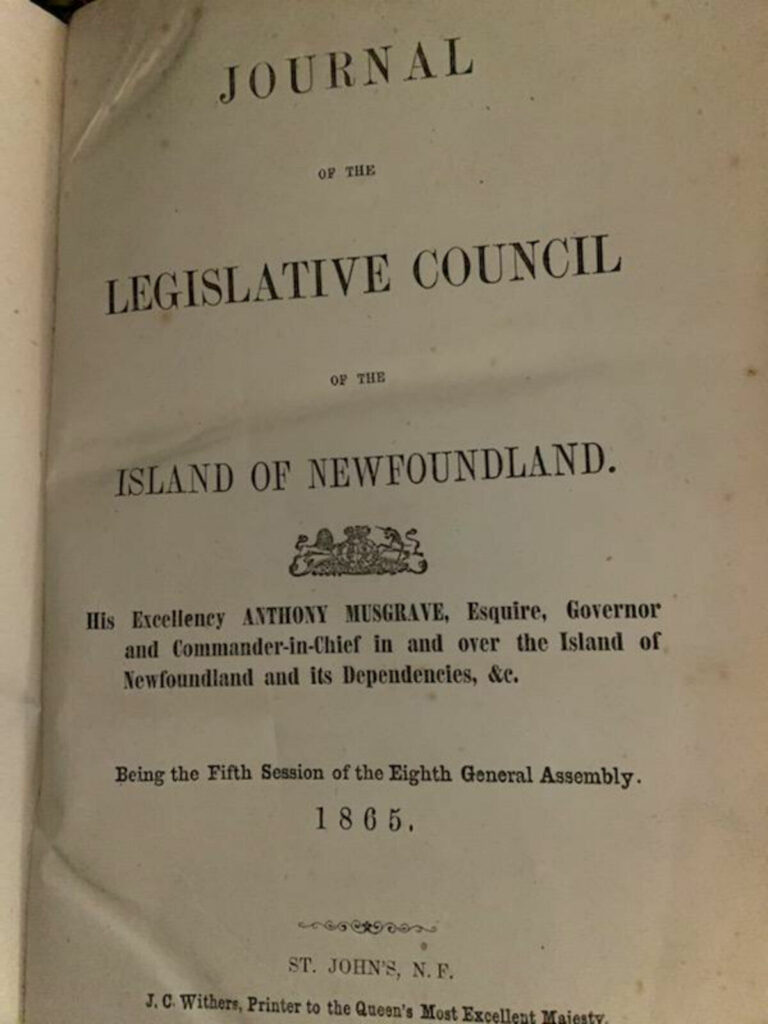Nestled within the rugged landscapes of Newfoundland and Labrador, a region rich in maritime history and natural beauty, lies a unique equine breed known as the Newfoundland Pony. This hardy and resilient animal has been integral to the province’s heritage since colonial times, serving as a vital mode of transportation and labor force across diverse terrains.
Origins and Adaptation Of The Newfoundland Pony
While the exact origins of the Newfoundland Pony remain somewhat elusive due to limited historical records, it is widely believed that these ponies descended from horses brought to the island by early settlers during the 16th century. Isolated from mainland populations, they adapted to the harsh conditions of the Atlantic coastline, developing into a distinct breed characterized by strength, agility, and intelligence.

These sturdy animals were well suited to the challenging terrain, able to navigate rocky cliffs, dense forests, and treacherous coastal regions where other horse breeds might struggle. Their compact size—typically standing around 12 hands high (approximately 4 feet tall)—made them ideal pack animals capable of carrying heavy loads through difficult environments.
Newfoundland Pony Role in Local Culture
Throughout centuries, the Newfoundland Pony played a significant role in shaping local culture and economy. They served as essential partners in fishing communities, hauling nets, supplies, and equipment to remote outposts along the shorelines. These versatile creatures also contributed to logging operations, pulling timber from forestlands to nearby ports.
In addition, they provided companionship and transport for residents living in isolated areas.As the industrial age progressed, however, motorized vehicles replaced the humble Newfoundland Pony in many roles. Despite this shift, the breed persisted thanks to dedicated efforts to preserve their genetic legacy and cultural significance. Today, the Newfoundland Pony remains a symbol of the province’s proud past and serves as a beloved companion for enthusiasts who appreciate their unique qualities.
Newfoundland Pony Conservation Efforts
In response to concerns about dwindling numbers and the need to protect the breed’s distinctive traits, several organizations have emerged to promote conservation initiatives. One such effort, the Newfoundland Pony Society, was established in 1996 to safeguard the purity of the breed while promoting responsible ownership practices.
To ensure the continuance of the Newfoundland Pony, the society maintains strict standards for breeding, requiring all registered foals to be sired by approved stallions and dams. Additionally, the organization hosts annual events, including shows and clinics, aimed at fostering appreciation for the breed and providing educational resources for owners and prospective buyers alike.
Legacy and Future Outlook Of The Newfoundland Pony
Despite facing challenges throughout their history, the Newfoundland Pony continues to thrive today, captivating admirers worldwide with their indomitable spirit and unwavering loyalty. With ongoing conservation efforts and growing interest in preserving traditional skills and knowledge, the future looks bright for this remarkable breed.
Whether used for recreational riding, competitive events, or simply as cherished pets, the Newfoundland Pony will undoubtedly continue to enrich lives and inspire wonder for generations to come.




